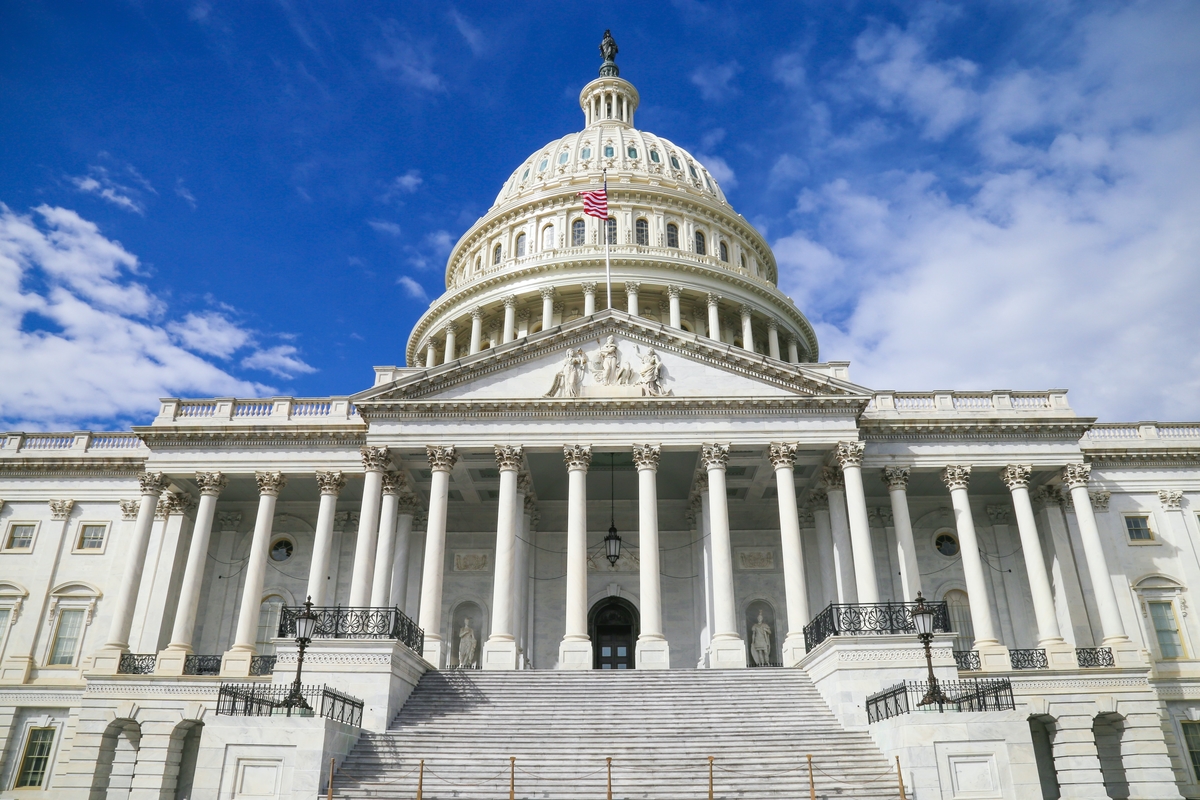The U.S. Supreme Court issued a 6-3 decision last night that said it was unlawful for the Centers for Disease Control and Prevention (CDC) to unilaterally extend its eviction moratorium through Oct. 3, 2021.
In ruling that the CDC did not have the power to issue such a ban, the court said: “It is up to Congress, not the CDC, to decide whether the public interest merits further action here.”
Following the ruling, NAHB Chairman Chuck Fowke issued the following statement:
“The Supreme Court decision affirms that the CDC exceeded the authority granted to it by Congress when the agency first created the federal eviction moratorium and most recently unilaterally extended it through Oct. 3. Moving forward, the best solution to help struggling renters and landlords is for the Biden administration to work with Congress, states and localities to help disburse rental assistance funds to residents and housing providers in need.
“At the same time, property owners understand that evictions should only be made as a matter of last recourse and will continue to do everything in their power to help their tenants to access rental assistance and/or to enter into a reasonable payment agreement.”
NAHB Members Exempt from the Eviction Ban Since March 2021
Before the Supreme Court issued its decision, nearly all NAHB members were exempt from the CDC eviction moratorium while all other landlords nationwide had to comply with the eviction ban.
The reason NAHB members did not have to comply with the ban is because NAHB filed a lawsuit In October 2020 contesting the federal eviction moratorium that began Sept. 4, 2020. In our case filed on behalf of all members of the association, a federal judge in the Northern District of Ohio ruled in March 2021 that Congress did not provide the CDC with the authority to issue such a moratorium.
The court’s ruling prevented the CDC from enforcing its eviction moratorium order against NAHB members who were members at the time of the complaint — but all other landlords across the nation had to comply with the CDC’s eviction ban.
In other words, NAHB members who were members of the association as of October 2020 have not been subject to the CDC’s eviction moratorium since the federal court in Ohio issued its ruling in March.
Yesterday’s Supreme Court decision means that NAHB members who joined the association after October 2020 and other landlords nationwide no longer must comply with the CDC’s federal eviction ban.
Best Solution is to Expedite Rental Assistance
With the CDC eviction ban no longer in effect for any property owner in the United States, NAHB believes the best solution to help tenants and property owners who are still dealing with the financial fallout from the COVID-19 pandemic is for state and local governments to expedite emergency rental assistance to eligible renters and landlords.
While a large portion of the $46 billion that Congress appropriated for emergency rental aid has not been disbursed, Treasury has announced new steps to streamline the application process and get aid to those in need.
For the past several months, NAHB has actively advocated for emergency rental assistance to help renters and landlords impacted by the COVID-19 pandemic and to protect the viability and stability of the rental housing industry. We continue to urge members to seek access to the Emergency Rental Assistance Program through their local government and state housing finance agencies.
Tools to Work with Tenants
Many of NAHB’s multifamily members are working to help connect their tenants with necessary funding to help ensure that their payments are current.
To assist in this outreach, NAHB has provided our multifamily members a sample script that landlords can use to contact tenants and walk them through the steps to apply for assistance and/or request permission to apply on their behalf.
The script, and other multifamily COVID resources, can be found on the Multifamily and Affordable Housing Resources for COVID-19 page on nahb.org.
*Note: All articles have been redistributed from NAHBnow.com*
